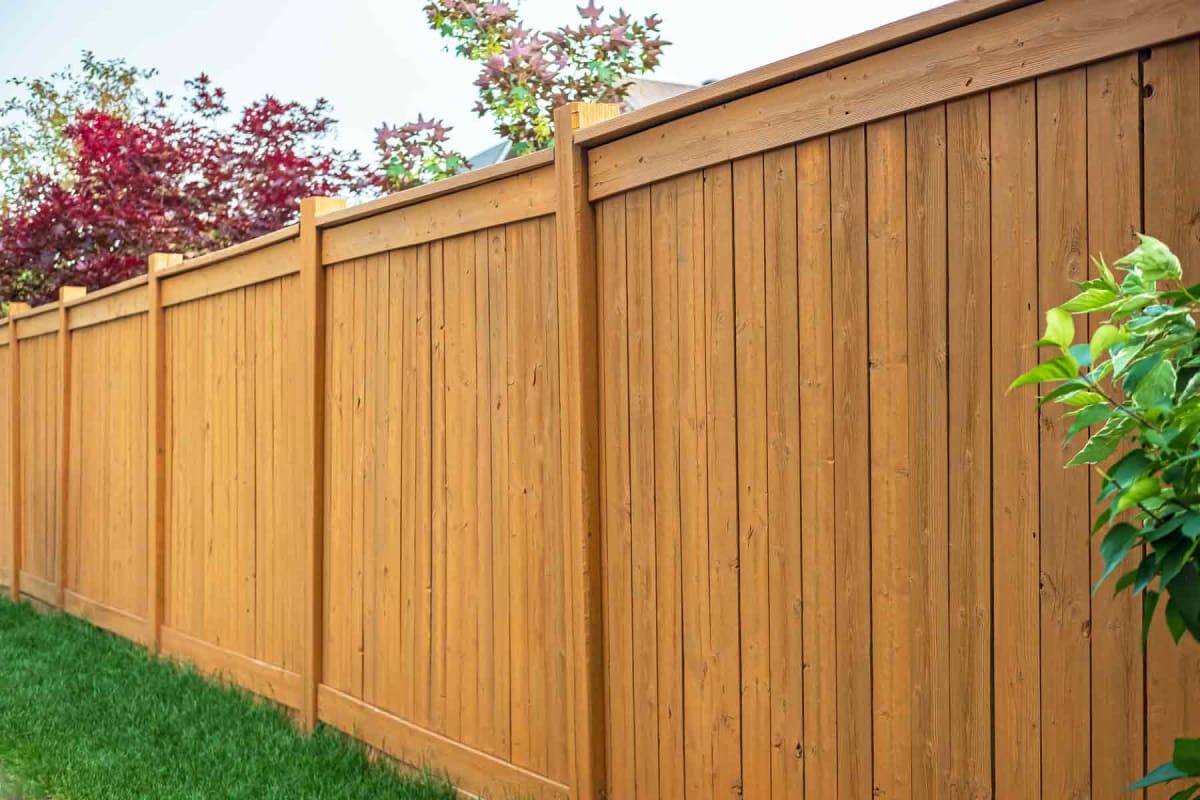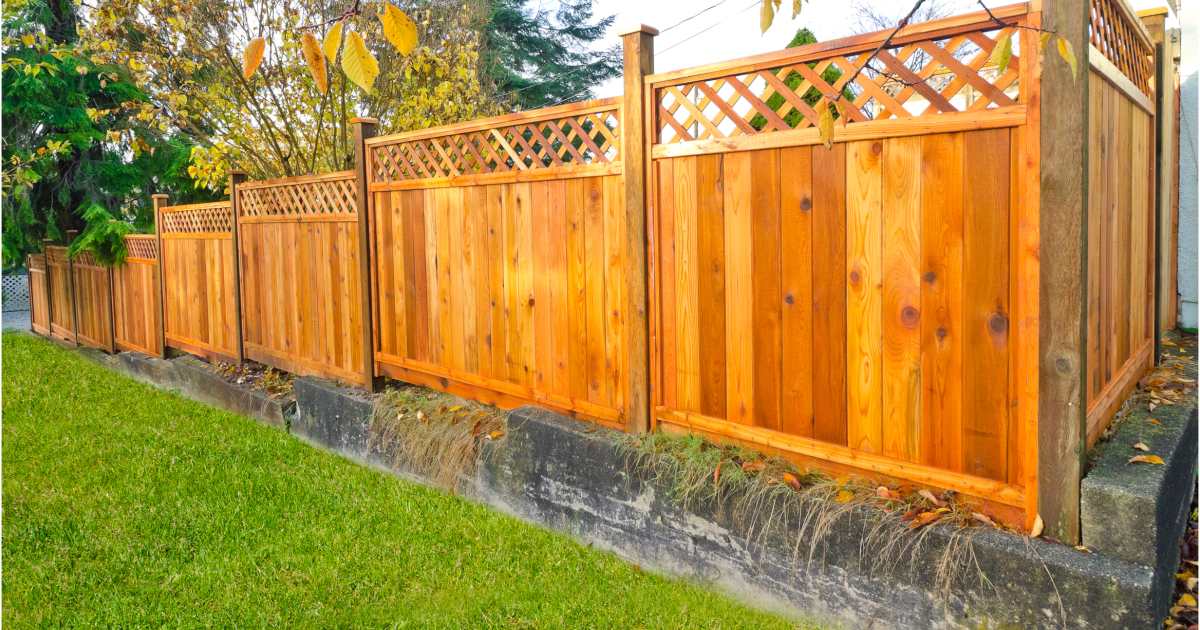All Categories
Featured

Fencings are an important component of your property, offering privacy, security, and visual worth. They are regularly revealed to the elements and can endure from weather-related damages over time. Whether it's solid winds, rain, snow, or intense warm, weather can slowly deteriorate your fence, bring about costly fixings or substitute. Luckily, there are numerous steps you can require to protect your fence from weather-related damages and prolong its lifespan. Right here's just how you can protect your fencing versus the components.
- Choose the Right Material. The sort of product your fence is made from plays a significant duty in how well it will endure climate condition. Some products are naturally extra immune to damages than others. As an example:
Wooden Fencings: While traditional and attractive, timber can be prone to moisture, rot, and bugs. Pressure-treated timber or cedar can supply far better resistance to these problems. Vinyl Fences: Plastic is extremely resistant to moisture, rot, and bugs. It additionally stands well to rough sun and heavy rainfall. Steel Fences: Wrought iron or light weight aluminum fencings are durable and can withstand a range of weather condition problems. They can, nevertheless, experience corrosion gradually, particularly otherwise correctly covered. Composite Fences: Made from a mix of wood fibers and plastic, composite fences are much more resistant to weather-related damages contrasted to conventional wood fencings. Picking the right material for your region's climate is the primary step in protecting your fence from weather damages.
- Seal or Stain Wooden Fences. Wood fencings are specifically vulnerable to damage from moisture, UV rays, and temperature level variations. One of one of the most effective means to secure your wood fencing is by using a safety sealant or stain. These products aid:
Prevent Water Damage: Sealers develop a water-resistant barrier, preventing moisture from seeping into the timber and causing rot, mold, or mold. Safeguard Against UV Damage: A great stain or sealant will certainly likewise block hazardous UV rays from the sun, which can create wood to dry, fracture, and blemish gradually. Maintain the Fencing's Look: Routine discoloration assists maintain the natural charm of the wood and extends its life expectancy. It's suggested to reapply the tarnish or sealant every 1-- 2 years to keep your surround great problem.
- Install an Obstacle for Wind Protection. Solid winds can trigger substantial damage to your fencing, specifically if it is weak or tall. Wind can flex or damage wooden panels, loosen fence posts, or also trigger the entire fencing to collapse. Installing a windbreak-- such as growing bushes, bushes, or installing a mesh barrier-- can aid protect your fencing from high winds.
Furthermore, you can reinforce the posts with concrete or steel dental braces to supply additional security and avoid moving or leaning.
- Trim Overhanging Branches. Dropping branches can damage panels or harm the fencing messages, leading to expensive repair services. Keeping the branches cut back decreases the risk of branches breaking off and triggering damages to the fence.
- Normal Evaluations and Maintenance. Doing routine upkeep and evaluations is essential to catching prospective troubles prior to they intensify. After a heavy tornado, examine your fencing for any type of indicators of damage, such as loose panels, leaning articles, or busted sections. Caring for tiny concerns before they come to be bigger ones can help extend the life of your fence.
Additionally, cleansing your fence periodically to remove mold, dirt, or debris can assist preserve its look and stability. For wooden fences, delicately pressure clean the surface to get rid of built-up grime, and for plastic fencings, make use of a light detergent to clean any type of stains.

- Make Sure Correct Water Drainage. Water damages is one of the most common weather-related concerns that affect fences. Poor drainage can lead to standing water around your fencing blog posts, which can trigger the messages to rot or compromise over time.
- Apply a Protective Covering to Metal Fences. Metal fences, such as those made from iron or steel, are highly resilient yet can be prone to rust otherwise properly preserved. Using a protective covering or paint that is particularly created for steel can assist protect against rust and deterioration. Be sure to check the fencing periodically for any kind of signs of corrosion, and address it quickly by fining sand and painting the influenced locations.

Verdict. Your fencing is a beneficial investment, and securing it from weather-related damage will help make sure that it proceeds to serve its function for years ahead. By choosing the best materials, consistently keeping your fencing, and taking steps to shield it from the elements, you can lessen weather-related damages and extend its lifespan. Whether you're handling strong winds, heavy rain, or the extreme sunlight, these easy steps can go a lengthy way in protecting the condition and appearance of your fence, conserving you money and time in the long run.
Latest Posts
Elegant, Resilient Ceramic Tile Floor Covering for Every Area
Published Apr 20, 25
2 min read
Trusted Auto Repair in Your Area - Trust Montclare’s Skilled Mechanics
Published Apr 20, 25
2 min read
How We Make Flooring Easy at Carpet Interiors Floor & Home
Published Apr 19, 25
1 min read
More
Latest Posts
Elegant, Resilient Ceramic Tile Floor Covering for Every Area
Published Apr 20, 25
2 min read
Trusted Auto Repair in Your Area - Trust Montclare’s Skilled Mechanics
Published Apr 20, 25
2 min read
How We Make Flooring Easy at Carpet Interiors Floor & Home
Published Apr 19, 25
1 min read